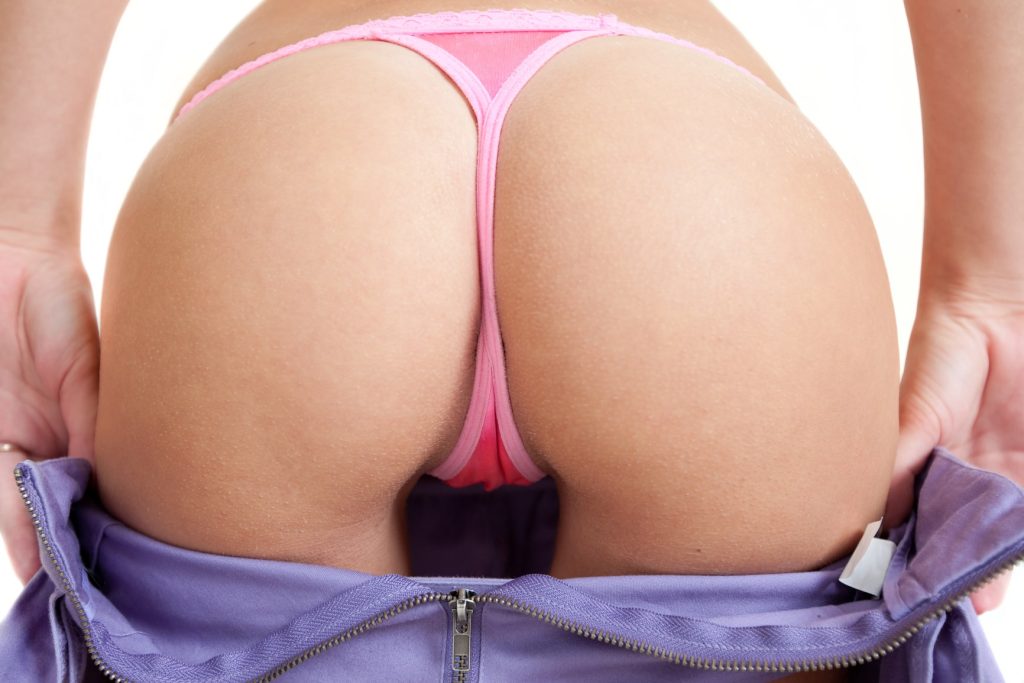Whether you want to find out more about gay men or if you simply like to take photos of gay men, there is a variety of ways to get involved. If you’re looking for a group to join, you can try online sites such as Gay Men’s Forums. Alternatively, you can visit local events in your area, like gay pride festivals or gay bars.
Steven (Columns) by Marc Adelman
Among the many exhibits at The Jewish Museum in Manhattan, one installation is catching the attention of the art world’s discerning patrons. It’s a curious mix of old and new, and is not short on the novelty factor. Stelen (Columns) by American artist Marc Adelman is a collection of 50 photographs, each one a tidbit of information. But what exactly is this piece, and how is it different from its predecessors? Fortunately, the good folks at the museum are not afraid to talk.
“Stelen (Columns)” was created as part of an exhibition titled Composed, a survey of contemporary art and design that focuses on national, ethnic, and sexual identities. It’s a worthy public art goal, and deserves some accolades.
While the pieces are a bit pricey to own, they are well worth the investment. For example, the most expensive item is a collection of seven photographs of Gloria Bornstein’s feminist performance piece Public Document. The museum was gracious enough to share the bounty, and is likely to be the recipient of more donations in the near future. In fact, the only thing missing from the oeuvre is a little more publicity.
As for the best place to put it, the gallery walls are not exactly conducive to a good show. But there’s something to be said for having the right people in the right positions to make sure the right people see the right things at the right time.
Loving by Nini and Treadwell
Texan duo Hugh Nini and Neal Treadwell have been collecting photographs of men in love for more than twenty years. Their collection straddles the US, Canada, Australia and South America, making it a well-rounded collection in its own right. They have even gone so far as to produce a book of their own, Loving: The Photo History of Men in Love. As you might expect, it is full of pictures and the oddballs that comprise it. It is currently in the hands of 5 Continents Editions in Milan.
The collection does not claim to be a definitive guide to romance, but it does contain some of the best if not the best photographs to be found anywhere. In particular, you will find a number of candid shots of lovers in action, as well as the obligatory portraits. They have even uncovered a few interesting tidbits of trivia about their subjects, such as a curious incident involving a pair of men who were unable to shake hands for more than fifteen minutes.
The book is a worthwhile addition to any bookshelf. While it does not hold a candle to the sexiest man in a dress, it is a worthy companion, both for its content and for the quality of its workmanship.
Verhoeven exposes gay men in public and online
During the Berlin Gay Project, a controversial performance by Dutch artist Dries Verhoeven, the private chats of a user on the dating app Grindr were displayed in a glass box in the center of the city. These were then streamed to the internet.
The public response to the Berlin Gay Project has been overwhelmingly negative. This is in part because the event violates citizens’ right to privacy. It also exacerbates the fear of gay men communicating in the public sphere. It makes safe channels suspicious.
In the 1970s, a sex manual called The Joy of Sex was published. It featured graphic depictions of actual intercourse. It is widely regarded as misogynistic.
The controversy took weeks to unfold. It was first reported on Facebook, where activists protested the project. Then, it was aired on television. Actresses complained that the director of the performance had misled them about the amount of skin on display.
The artist has since responded to the criticism. He says the project aims to expose the myth of online anonymity. He hopes that it will help people understand that they can never be completely sure of their stranger online.
The project was originally slated to run from October 1 to 15 at HAU, a theatre in Kreuzberg, Berlin. This was later cut short due to protests. It was decided that the artists would have an alternative performance at a different location.
